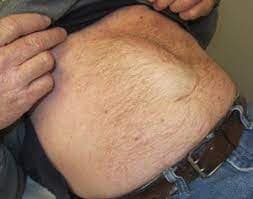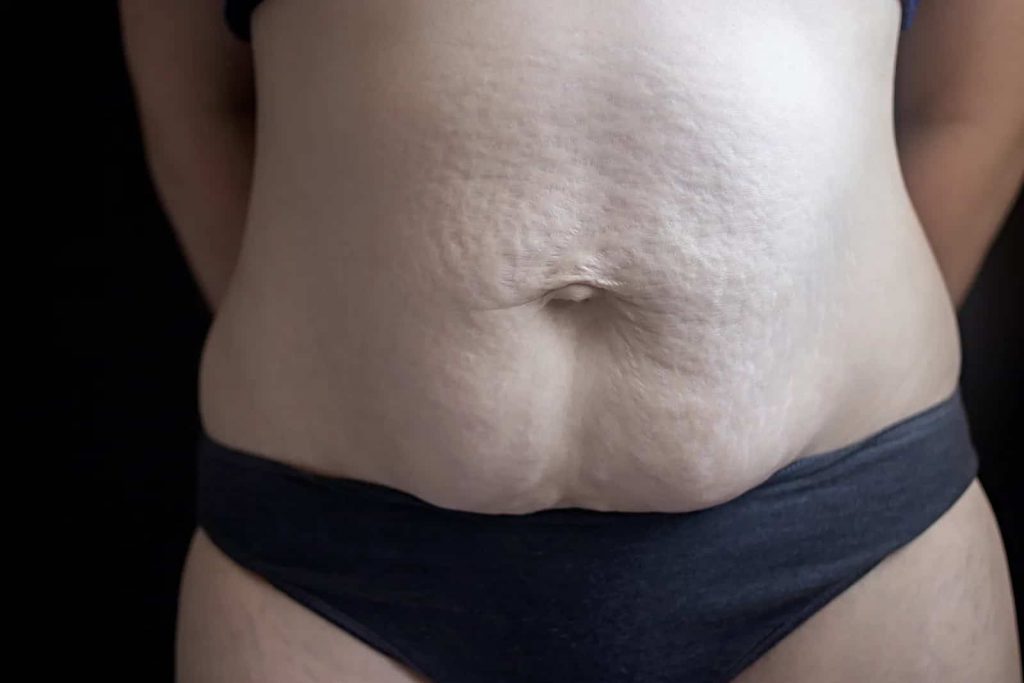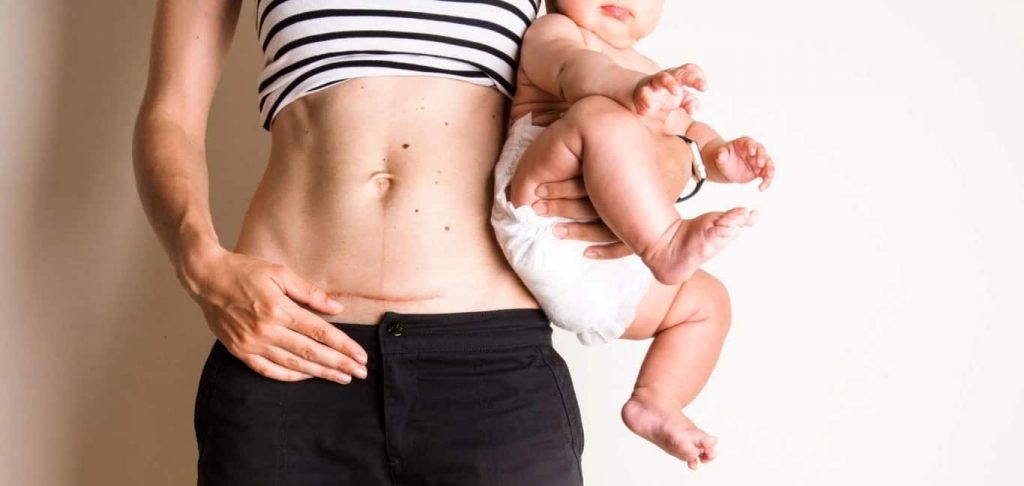Diastasis Recti in Men: Symptoms And Treatment Methods
What is Diastasis Recti in Men? We will try to provide you with information on how to treat Diastasis Recti in men.
What Will We Learn?
What is Diastasis Recti?
Diastasis Recti is the partial or complete separation of the rectus abdominis, commonly known as the “six pack” muscles, which join in the midline of your abdomen. The word diastasis means “separation” and Rekti represents our abdominal muscle, the Rectus Abdominis. In short, we can translate Diastasis Recti as “Separation in the Abdominal Muscles”.

In Which People Does Diastasis Recti Occur?
- For diastasis recti, the most common risk factor is pregnancy. This is because the uterus stretches the muscles in the womb to accommodate your growing baby. Especially in twin pregnancies and multiple pregnancies, with increased intra-abdominal pressure in older babies, the muscles lose their anatomical integrity, stretch excessively and become braces by separating from the midline. Again, the increase in the number of pregnancies increases the risks for the separation of the right and left abdominal muscles and the formation of the condition we call diastasis recti. It occurs in up to 60% of women after pregnancy.
- Incorrectly performed excessive exercise, chronic heavy lifting predisposes to the formation of diastasis recti.
- Obesity can also increase abdominal internal pressure and cause this condition.
How Do You Know If You Have Diastasis Recti?
The most common symptom of diastasis recti is a flat bloating in your stomach when you tense or press your abdominal muscles.
If you have bad urine, you can read this article.
What Are The Things That People With Diastasis Recti Should Avoid?
You should avoid heavy lifting, heavy exercises (especially when you use your abdominal muscles), and excessive coughing without supporting your stomach.
Diastasis Recti can lead to back and pelvic pain, hernia development.

What Is The Treatment For Diastasis Rectin?
Separation and deformities (diastasis recti) seen in the abdominal muscles due to birth are repaired by abdominoplasty.
These muscles, which are separated from the midline of the abdomen in the form of braces, are brought to the midline, and they are healed in this way with solid sutures. In this way, larger deformities and hernias that may occur in the future are prevented. In addition, a flatter and aesthetic appearance of the patient’s abdomen is obtained.
Our article Watery Discharge Feels Like I Peed Myself may draw your attention.
What Causes Diastasis Recti in Men?
The most common cause of diastasis recti in men is improper sit-ups, exercises, and push-ups.
In men, diastasis recti can develop over time and is often misdiagnosed for different reasons, such as abdominal bloating or weight gain after beer.
Excess weight and obesity also overgrow the abdominal muscles and can cause them to separate and weaken.
Genetically, males can experience diastasis recti, and if their fathers or grandparents have it, these individuals may also experience diastasis recti.
Age and certain medical conditions such as liver cirrhosis and abdominal wall cancer may be other causes of diastasis recti in men.

What to Avoid?
Most sources agree that exercises targeted to increase core strength are exercises that should be avoided in abdominal splitting. Movements like squatting, sit-ups, and planks can make things worse:
“Sit-stand movements are generally not recommended in women who have given birth if they have diastasis recti. That’s because squatting often increases internal abdominal pressure, pushing the organs toward the opening and toward the pelvic floor. These methods can put excessive strain on your organs..”
Even if diastasis recti is not present, it is stated that isolation exercises such as sit-stand and squat put a lot of load on the waist and are not effective.
What Are The Symptoms Of Diastasis Recti in Men?
The symptoms of diastais recti in men is a vertical bulge that occurs between the abdominal walls when squatting or getting up from lying or sitting.
Other symptoms that may be less distinguishable but may indicate abdominal separation include:
- Constipation
- Low back pain
- Urinary incontinence
- Difficulty in breathing
- Discomfort in body movements.
Is there a way to naturally heal diastasis recti, that’s debatable. Different methods can also be used to strengthen the core muscles.
You can easily get rid of this problem by taking the help of some physical therapist or a doctor.
Are Sweet Potatoes Good for You? If you are curious, you can read it.
